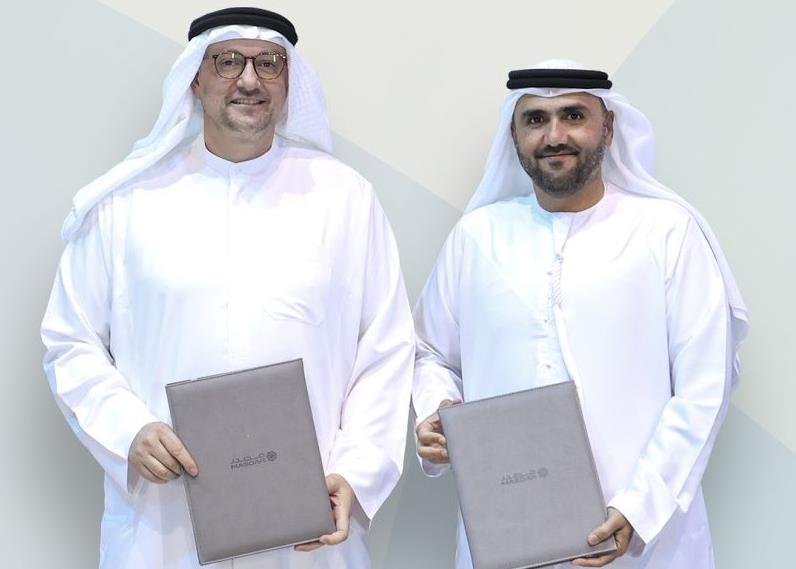
The road to economic and currency union for the GCC has been bumpy at best. Ironically, conditions prevalent when the GCC was formed are now getting in the way of further integration.
This suggests the gradual pace of integration is likely to continue, with the 2010 deadline for the single currency set to be the first casualty.
The GCC was formed against the backdrop of the start of the Gulf war in 1981 and record oil prices. Iran and Iraq remain significant concerns and oil prices are close to record highs. However, while these forces contributed to greater political alignment in the early 1980s, it is doubtful they will have the same effect going forward.
Also, the record of the GCC is mixed. The best measure of economic integration is the amount of intra-regional trade conducted. At the headline level, the performance does not look too disappointing, as the value of trade almost tripled from 1981 to 2005. However, this only equates to a 4.6 per cent compound annual growth rate. Moreover, as a percentage of the GCC’s total trade, intra-regional trade is around the level it was in 1981 (see chart) and has been on a downtrend since the late 1990s.
Of course, this decline can partly be explained as a result of strong oil prices and thus exports to the rest of the world. Meanwhile, intra-regional exports have soared in recent times, doubling since 2001. But given that the start and end points were similar in terms of the oil price cycle, the overall performance is disappointing.
Looking forward, however, there are reasons for optimism. Intra-regional investment rates and economic co-operation are improving. Growth rates of 20 per cent are unlikely, but high single digit growth appears realistic in the years ahead.
Another important project for the GCC is the planned introduction of a single currency in 2010. The prognosis here is not quite so positive. Oman has already indicated it will not join the single currency due to the constraints it believes this will place on its fiscal flexibility at a time when it is focused on diversifying the economy away from the hydrocarbons sector - its oil reserves are expected to run out in the next 20-30 years.
In addition, Central Bank of the UAE governor Sultan bin Nasser al-Suwaidi has suggested that central banks will review whether or not to continue pegging currencies to the US dollar. Kuwait has indicated it will likely change its foreign exchange arrangements - either widening the band within which the dinar will be pegged to the US dollar or shifting to a trade-weighted exchange rate target - should the US dollar continue to weaken.
While the other countries ruled out such measures this year, Saudi Arabian Monetary Agency (Sama, the central bank) governor Hamad Saud al-Sayyari has indicated that the new single currency will not necessarily be pegged to the US dollar. The obvious question this raises is why the countries are so insistent on pegged currencies if they may select a different alternative if the single currency is a floating currency. Standard Chartered has long argued that a managed float makes sense as it would allow central banks to set interest rates rather than rely on the US Federal Reserve to do it for them.
The key point is that if GCC countries cannot decide where the central bank will be housed, or what the currency will look like or be called, can we really expect the bigger decisions over monetary and fiscal flexibility to be made in a timely fashion? A failure to provide a credible roadmap for union will not only increase concerns about a possible collapse of the single currency project, but could also lead to a new wave of speculative inflows from people looking for currency revaluations in the region.
By Steve Brice, regional head of research, Standard Chartered Bank
GCC timeline
- May 1981: Creation of the GCC
- November 1981: Members sign unified economic agreement
- 1984: Defence ministers set up Peninsula Shield defence force
- September 1992: Creation of GCC Patent Office approved
- July 2001: GCC Interconnection Authority (GCCIA) created
- December 2002: Customs union approved
- October 2004: Preliminary study on GCC rail network completed
- December 2005: GCCIA signs first contracts for GCC electricity grid
- July 2006: Full study into GCC water grid completed
- 2007: GCC rail feasibility study begins
- 2010: Deadline for currency union
You might also like...

Neom seeks to raise funds in $1.3bn sukuk sale
19 April 2024

Saudi firm advances Neutral Zone real estate plans
19 April 2024

Algeria signs oil deal with Swedish company
19 April 2024

Masdar and Etihad plan pumped hydro project
19 April 2024
A MEED Subscription...
Subscribe or upgrade your current MEED.com package to support your strategic planning with the MENA region’s best source of business information. Proceed to our online shop below to find out more about the features in each package.








